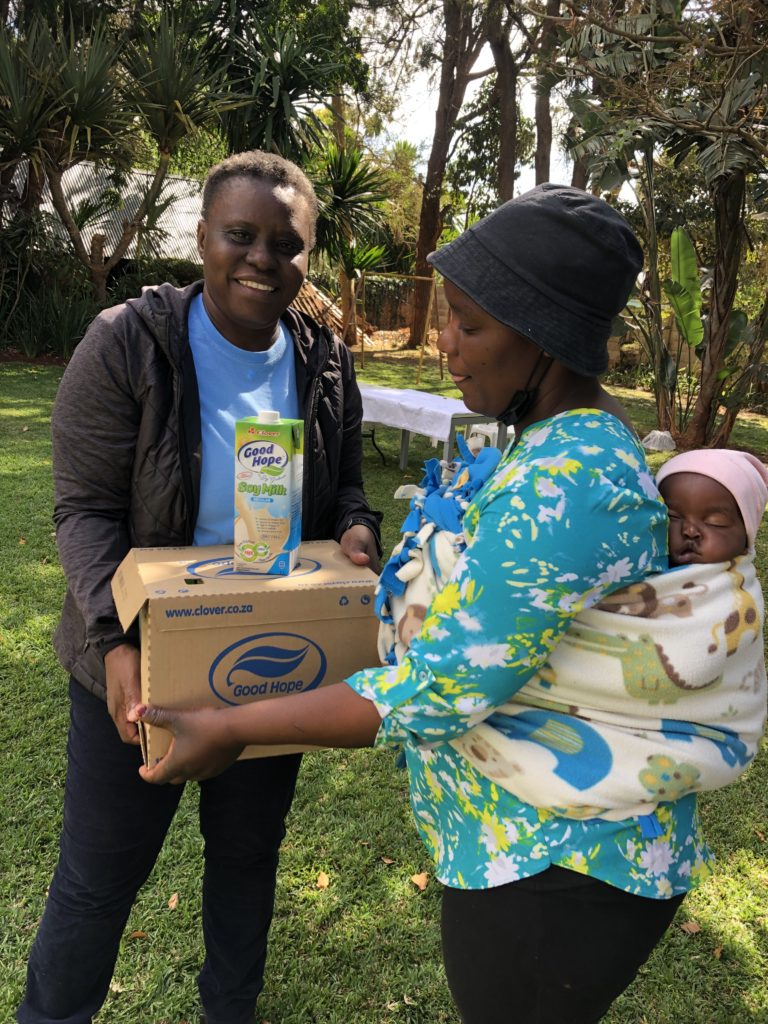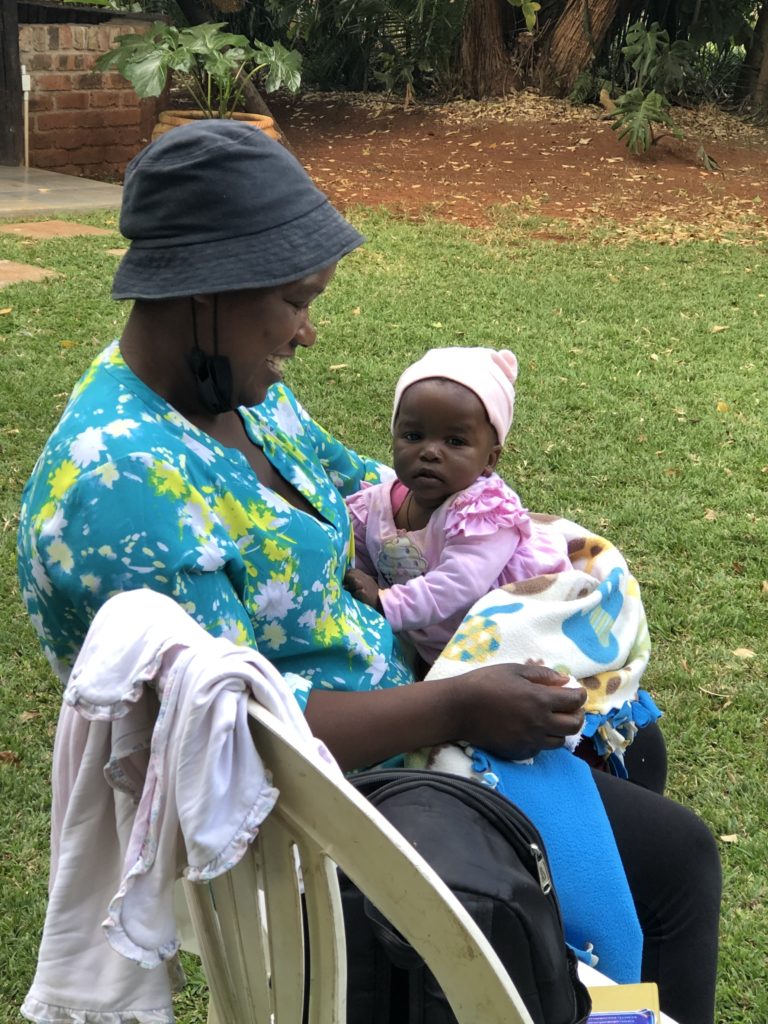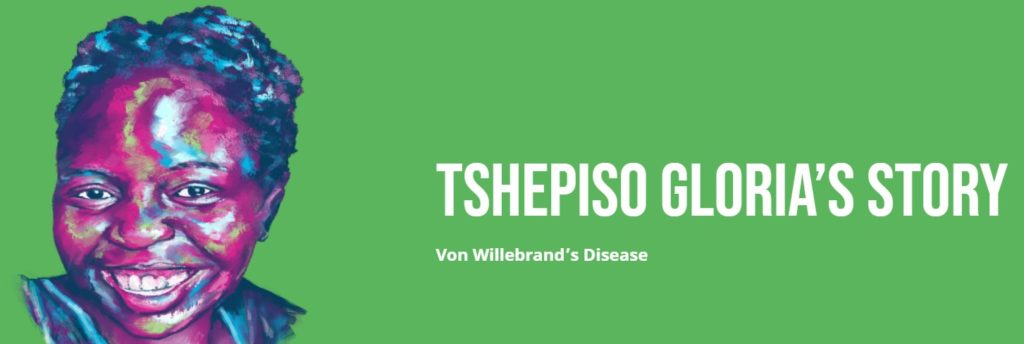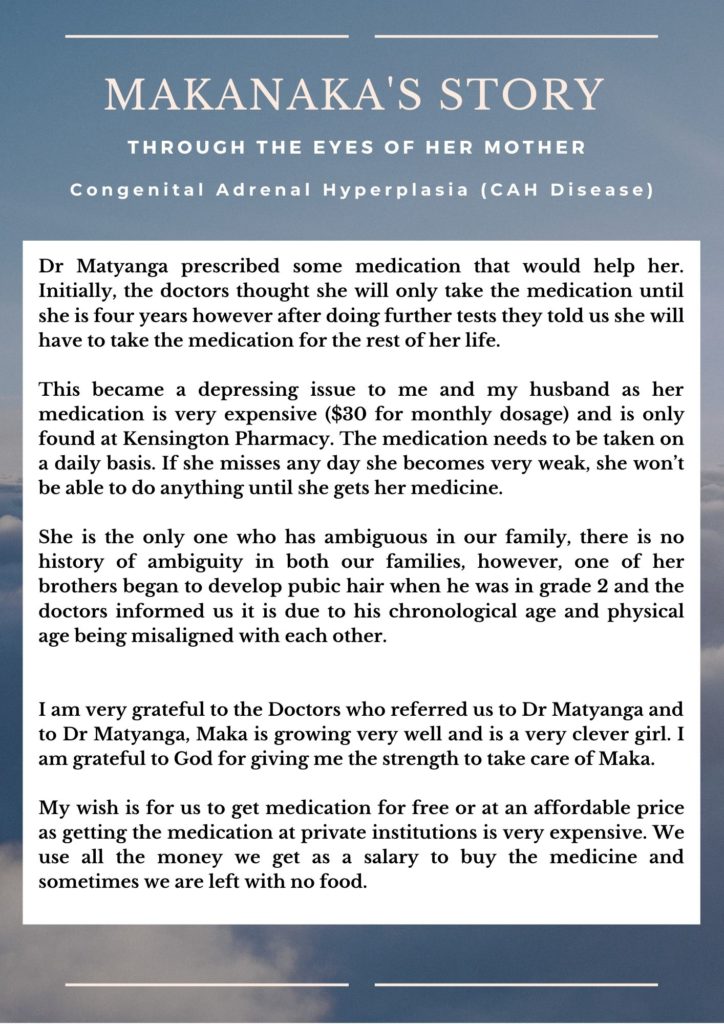Nyasha’s Story
Classic Galactosemia
Living with Galactosemia- A Journey worth a thousand smiles 😊
Born at Mufakose Clinic in Harare, a small bundle of sunshine emerged into this world unaware of the mysteries she was about to encounter. With the support of her single mother’s hand, she gently lifted her newborn baby to breastfeed. Welcome to the world, Nyasha!
Days, weeks, and months later, Nyasha’s mother noticed a stunt in her child’s growth. She questioned why her baby girl was not developing in weight and size. Days and months had passed with each night time different from the next. Unless Nyasha was held, she would wake up every 20 minutes crying. Nyasha had become very lethargic and terribly jaundiced. Nyasha’s mother made an appointment with her pediatrician at Sally Mugabe Hospital. After the check-ups, it was revealed that she in fact had lost over five kilograms since her birth. This alarmed the doctor who requested to bring her back in a few days to re-check her weight since at that time she was still waking during the day to breastfeed. Her weight had dropped more since her last check-up. Back and forth for nine long months Nyasha’s mom and the doctor liaised to find out what was happening to Nyasha. The doctor decided to run blood tests at Lancet which were sent to South Africa for review. Upon return, Nyasha’s mother received a phone call from the doctor informing her that the test was positive for Galactosemia. Overwhelmed and confused Nyasha’s mother could not bring herself to understand her child’s mysterious condition. The doctor mentioned to her that she needed to stop breastfeeding immediately, start feeding Nyasha soy formula and that she would receive a call from a local NGO, us, about receiving humanitarian support for her child.
After receiving a referral from the doctor about Nyasha’s condition in July of this year (2022), as an organization, we got extremely busy researching how to assist Nyasha with her new and unknown rare disease.
Our efforts concluded that children affected by Classic Galactosemia (CG) find that their bodies can’t convert galactose into glucose. Galactose is mostly found in dairy products such as milk and cheese which is harmful to children with Galactosemia. This hereditary rare condition has been seen to be quite complex such that even though children do not consume galactose-related products or breastfeed their bodies naturally produce galactose meaning that the body of children with CG thinks that galactose is toxic and poisonous.

This made us urgently find a cure for Nyasha and we, unfortunately, ended up disappointed to find that CG is in fact incurable and life-threatening with no known treatment to date. Symptoms presented in Galactosemia include feeding problems, yellowish skin (jaundice), liver failure, kidney dysfunction and cataracts. It has also been noted that children experience long–term effects such as speech disorders and language difficulties.
However, on the upside, it has been found in research that children who follow a lactose-free, dairy-free diet often improve with time, health, and life expectancy. This information urged us to find soy milk for Nyasha. Finally, after one month of searching, we managed to arrange 2 cases of Soy milk.
One month later we had a support group meeting for our patients and we invited Nyasha’s mother to attend where we presented Nyasha with soy milk. Upon observation, we noticed Nyasha’s mother feeding her baby a fresh orange instead of breastfeeding. We took it upon ourselves to try to get Nyasha to try soy milk for the first time by making her drink a small glass. It was difficult for her, in the beginning, she couldn’t really drink it, but after 5 to 6 sips she adjusted. Surprisingly she loved it!

Twenty-four days later, we got an update from the doctor and Nyasha’s mother informing us that Nyasha’s checkup showed she is doing well, growing well, and looking healthier. This information proves that children affected by CG can live normal happy lives with the appropriate therapies and diet.
We wonder where Nyasha’s journey will take us next. Stay tuned in.
October 2022 Edition

For over twenty years Tshepiso Gloria coped with a bleeding disorder before eventually being diagnosed. She went from doctor to doctor, hospital to hospital, and medication to medication. None of which seemed to help her condition or pro-vide answers to what was happening in her body. In her ‘quest’, she even traveled to another country, South Africa, to eventually be told, at the age of 23, that she had Von Willebrand’s Disease.
Tshepiso Gloria traveled to South Africa because, in Zimbabwe where she lived, there was only one hospital with one doctor, who knew nothing about her condition, a frequent problem with rare diseases.
Von Willebrand’s Disease is an inherited bleeding disorder in which the blood is unable to clot properly or takes a long time to clot. It affects about one in ten thousand people, or fewer depending on which of the three subtypes of disease one has. Even now, at the age of 26, Tshepiso Gloria is unsure what sub-type of the disease she has, and only by knowing this will she be able to access the right treatment. Because of her long search for a diagnosis and the number of different medical facilities she has attended, her medical notes and records are fragmented, making further diagnosis difficult and her future, and that of her family’s, uncertain.
“All my life I have struggled with bleeding issues,” says Tshepiso Gloria. “As a child, I used to get nosebleeds about 3–4 nights every week and because I loved playing soccer outside, I would get blamed for playing for too long in the sun. Even during cold winter days, I would get nosebleeds and my parents used to get very worried about me.”
Bleeding problems continued throughout her adolescence and into adulthood when she would get very extra-heavy menstrual periods that went on for weeks at a time.
“I will never forget the 2010 World Football Cup in South Africa, where I was in one long 37-day stretch of menstruation,” she says. As she got older, she realized she would need to stop taking part in contact sports, or anything that may cause her to bruise or bleed. As a result, she had to put aside any notion of sports like bungee jumping which she had hoped to try. And it was during these times she turned to arts, theatre, and music, and learned to play marimba percussion.
These days she tries to control her condition through transfusions and birth control pills. However, even now, neither she nor the doctors, are certain whether the treatment she is receiving is helping her. She has been offered various types of medication which may or may not help. But many of these are outside her budget.
A year ago, Tshepiso Gloria had a baby boy and, since then, she has once again been struggling with her bleeding. The ongoing high costs of medication, and transfusions, on top of the costs of bringing up a child, have meant the treatment for Tshepiso Gloria’s condition has taken a back seat. Trying to juggle between her job, her baby, and her condition has been difficult, particularly during the pandemic.
She is grateful for her amazing family and the network of friends and neighbors she’s been able to rely on, as well as the support of Child And Youth Care Zimbabwe, an organization championing the interest of people living with rare medical conditions.
Regardless of her struggles Tshepiso Gloria never loses hope and believes she is stronger than her genetic disorder. “There’s one little thing that brings me comfort and joy: my son, Mamdlenkosi, meaning God’s divine power,” she says. “I believe he’s a gift sent to aid me in my struggles. He is my personal little cute, amazing human being; my deepest miracle manifested. I am super grateful, and I continue to believe all will be well for me and my little bundle of joy.”
JANUARY 2022 EDITION
The Invisible Disease.
“People with rare diseases are a small group so they fall through the cracks and are unnoticed” — Trudy Nyakambangwe (Director of Child And Youth Care) —
Tsepiso is 25-year-old women living with an invisible disease called Von Willebrand Disease (VWD). Von Willebrand Disease is a common inherited bleeding disease that affects both men and women equally. VWD is caused by a defect of deficiency in the Von Willebrand Factor (VWF) which is a large protein made up of multiple subunits. VWF binds to clotting factor VIII in the circulation and protects it from breaking, which leads to the formation of a stable blood clot which stops bleeding. Lack of sufficient VWF may result in difficulties forming blood clots.
Research shows that VWD has there are 3 main types of VWD and the degrees of severity and inheritance patterns varies which each type. However, in Tsepiso’s case she tried to find out the type of VWD she has but since she had changed hospitals at the time the doctors were not able to access her records and therefore testing become difficult.

Currently Tsepiso is a proud mother a beautiful baby boy named Mamdlenkosi meaning God’s divine power and indeed, Tsepiso believes her son is a gift send to her in the name of God’s divine power to aid her in her struggles.
She gave birth on the 4th of September although she has mentioned that her journey thus far has been tiresome and draining.
During Tsepiso’s pregnancy the doctor requested for a VWF test, human factor 8 test and an FBC to monitor and determine the different supplements she will need when she goes into labor in order to control the bleeding. The doctors managed to control the bleeding and there were no complications however, testing was impossible due to funding. The doctor said the baby was in good condition before labor however, there were a few concerns that had to be addressed beforehand.

Since Tsepiso lives with VWD and the disease is hereditary there was a concern that her baby boy would inherit her condition too. As of today, there is still need for the baby to be tested for VWD.
As Child Youth Care we paid the doctor a consultation fee for Tsepiso as she could no longer afford to pay for hospital visits before giving birth. She started her consultation at United Bulawayo Hospital but due to unemployment and lack of funds she was referred to another doctor at Mpilo general hospital where she received the appropriate support.
We conducted a telephonic needs assessment with Tsepiso who highlighted that she is unemployed and with her humbling and strong-willed nature has asked us to assist her in finding a job. She also spoke of her independence as empowering and would like to support her new baby boy. She noted that ever since the lockdown started, she has been doing general work at her neighbors’ houses as a way to make money to take care of herself.

Tsepiso also highlighted that she is trying to buy at least one month’s groceries that will be enough for her and the baby since she will not be able to do any work during that time. She also indicated that the only form of PPE she has are homemade masks.
Having been in contact with Tsepiso, we decided to run a fund-raising campaign to raise donations based on her needs such groceries, baby clothes and money for tests for both herself and her baby. We managed to receive groceries such as mealie meal, salt, sugar beans, flour, dried kapenta and sugar as well as baby clothes. In terms of funding for a test which we feel is very important for Tsepiso, we could not raise enough for the testing to take place.
September 2020 Edition
Congenital Adrenal Hyperplasia (CAH Disease). Below is the story of a young girl who is living with ambiguous genitalia which is affecting her normal growth and development.


March 2021 Edition
